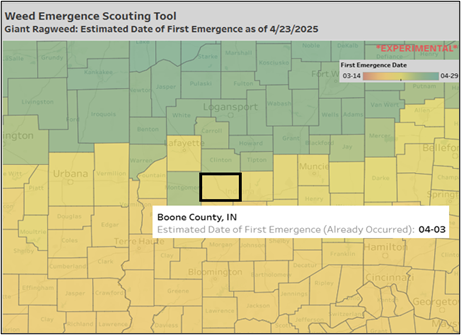
Fall and drought have been nearly synonymous in recent years; 2025 is no different.


Fall and drought have been nearly synonymous in recent years; 2025 is no different.

The Midwestern Regional Climate Center (MRCC) has launched a new version of cli-MATE, its main online portal for United States climate data, analyses, statistics, maps, graphics, and other information.

Precipitation over the last 30 days has been very spotty, the usual narrative when dealing with summertime convection.

The heat and humidity have returned to the state, as heat indices soared above 100°F on Wednesday and Thursday (July 23-24) this week.

I couldn’t think of a better title this week, thanks to the hot weather we’ve been experiencing and the song by Arrow.

Calling all corn and soybean producers and agricultural advisers! The United Soybean Board (USB), in partnership with the Midwestern Regional Climate Center (MRCC), Iowa State Extension, Iowa Department of Agriculture & Land Stewardship, and the Iowa Soybean Association, invites you to a virtual workshop informing the future of the MRCC’s Ag Climate Dashboard and new ag climate tool production.

We’ve made it! Meteorological summer started on June 1, but the official start of summer isn’t until June 20.

Precipitation in May has varied tremendously, but most of the state has generally been on the dry side.

Tracking plant growth and pest development is essential for timely decisions throughout the growing season.

Midwestern farmers have faced a buildup of pesticide resistance in pigweeds (waterhemp and Palmer amaranth), highlighting the importance of scouting to detect weeds early in their growth stages.
© 2025 Purdue University | An equal access/equal opportunity university | Copyright Complaints | Maintained by Pest&Crop newsletter
If you have trouble accessing this page because of a disability, please contact Pest&Crop newsletter at luck@purdue.edu.